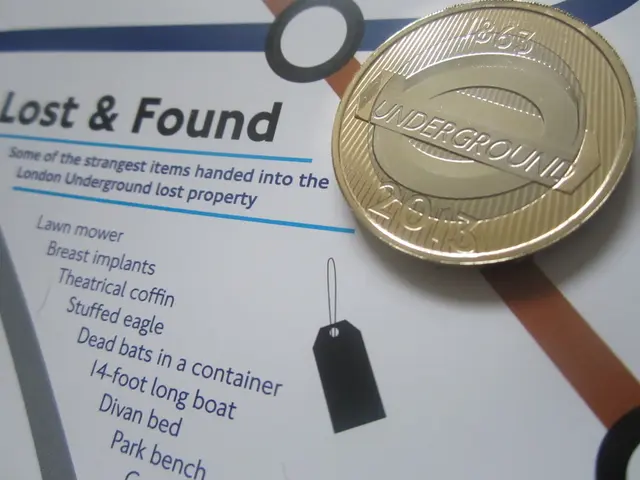Money Laundering Compliance Officer: Duties and Obligations
Becoming a Money Laundering Reporting Officer (MLRO): Key Requirements and Responsibilities
The role of a Money Laundering Reporting Officer (MLRO) is crucial in the fight against financial crime. While the specific requirements for this position can vary by jurisdiction, there are some common elements that are universally valued.
Essential Qualifications for an MLRO
To become an MLRO, one typically needs a combination of experience, seniority, professional integrity, and a deep understanding of Anti-Money Laundering (AML) regulations. At least two years of experience in AML and Combating the Financing of Terrorism (CFT) compliance is usually required, ensuring the candidate has a good grasp of AML risks, suspicious activity, and relevant legislation.
Seniority and independence are also key. The MLRO must hold a sufficiently senior position within the organization to take independent action on suspicious activity and AML compliance without interference. They often report directly to senior management or the board.
The candidate must also pass a fit and proper person test, demonstrating honesty, integrity, reliability, and a background that meets professional and legal standards.
Knowledge and Skills
The MLRO should have thorough knowledge of the AML program, legislation, and risk factors related to money laundering and terrorist financing. They should be capable of establishing AML policies, conducting risk assessments, and training staff.
While not universally mandatory, certifications like the Certified Anti-Money Laundering Professional (CAMLP) or Certified Anti-Money Laundering Specialist (CAMS) are highly regarded and may be required or strongly preferred in some jurisdictions.
Specific Duties and Responsibilities
The MLRO's duties typically include receiving and reviewing internal reports of suspicious transactions, deciding on reporting to authorities, developing and maintaining AML/KYC policies, conducting staff training, and providing regular reports to senior management.
Jurisdiction-Specific Requirements
In the United Kingdom, the MLRO must be independent and senior, and their appointment is legally required under the Money Laundering Regulations 2017. They are responsible for overseeing AML policies, SAR filing, and compliance monitoring, and are appointed by regulated firms.
In a general international context, the MLRO is responsible for the implementation, training, and periodic review of the AML program.
Certification bodies often prefer a Bachelor’s degree, AML professional certification (CAMLP, CAMS), and 1-3 years of AML-related experience.
The Role of Sumsub
In the modern banking landscape, tools like Sumsub can assist MLROs by offering automated background checks, AML screening against external databases, and transaction monitoring. This can help reduce workload and the risk of human error.
Reporting Obligations
The MLRO is responsible for reporting suspicious financial activities to regulatory authorities. The frequency of these reports is determined by the organization's risk profile and regulatory requirements, often ranging from quarterly to annually. Reports to regulators usually involve suspicious activity reports (SARs) and compliance updates as required by law.
Key Takeaways
In summary, becoming an MLRO requires a blend of AML expertise, seniority to act independently, integrity, and often professional certification or ongoing training depending on the local regulatory environment. The MLRO should have confidence to make final decisions, knowledge of local regulations, awareness of the risks and responsibilities related to financial transactions and potential money laundering cases, and experience in the AML/CFT field.
- The Money Laundering Reporting Officer (MLRO) should have a deep understanding of both finance (AML regulations) and business (Anti-Money Laundering and Combating the Financing of Terrorism compliance) to effectively handle their responsibilities.
- In addition to AML expertise, the MLRO's duties often include making decisions on reporting suspicious financial activities to regulatory authorities, which involves analyzing and assessing potentially illicit business transactions.




